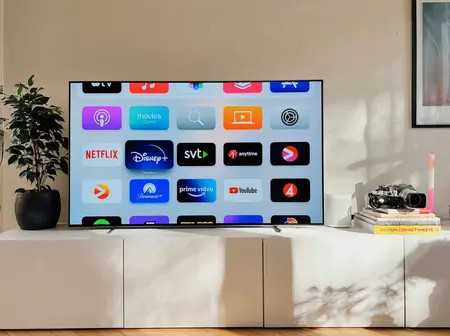HDR (High Dynamic Range) is designed to make streaming visuals richer and more lifelike. Two standards dominate: HDR10 and Dolby Vision. Both enhance contrast, color, and brightness, but the viewing experience depends on more than the format—it depends on your TV, the streaming platform, and the playback device.
HDR10 uses static metadata, meaning a single brightness and color profile applies across the entire title. Most TVs interpret it reliably, often producing consistent results across mid-range and flagship sets. Its 10-bit color depth and peak brightness of roughly 1,000 nits make it a dependable baseline.
Prime Video and Disney+ rely heavily on HDR10. Some content supports HDR10+, which adds dynamic metadata similar to Dolby Vision while remaining royalty-free.
Dolby Vision uses dynamic metadata, adjusting brightness and color scene by scene. It supports up to 12-bit color and peak brightness levels beyond 4,000 nits on some displays. In practice, it can show more detail, deeper blacks, and brighter highlights than HDR10.
However, Dolby Vision depends on the TV’s ability to interpret metadata correctly. Poor processing can lead to washed-out colors, clipped highlights, or raised black levels. Devices like the Apple TV 4K often handle Dolby Vision internally, providing more consistent results across a variety of screens.
Other devices—Roku, Fire TV, Chromecast—handle HDR differently, affecting how Dolby Vision appears compared to HDR10.
HDR10+ is emerging as a practical alternative to Dolby Vision. By offering dynamic metadata without licensing costs, it allows platforms like Netflix to support more devices, particularly Samsung TVs. Prime Video continues to rely on HDR10 as its default, while Apple TV and Ultra HD Blu-ray releases maintain Dolby Vision as the premium standard.
HDR performance in streaming isn’t determined by standards alone. HDR10 delivers consistent, reliable results across most TVs, while Dolby Vision can achieve superior image quality when both the hardware and device handle its dynamic metadata correctly. HDR10+ provides a practical middle ground, offering dynamic metadata without licensing limitations. Ultimately, the real-world viewing experience depends less on specifications and more on how TVs and streaming devices process the content.

Leave a Reply